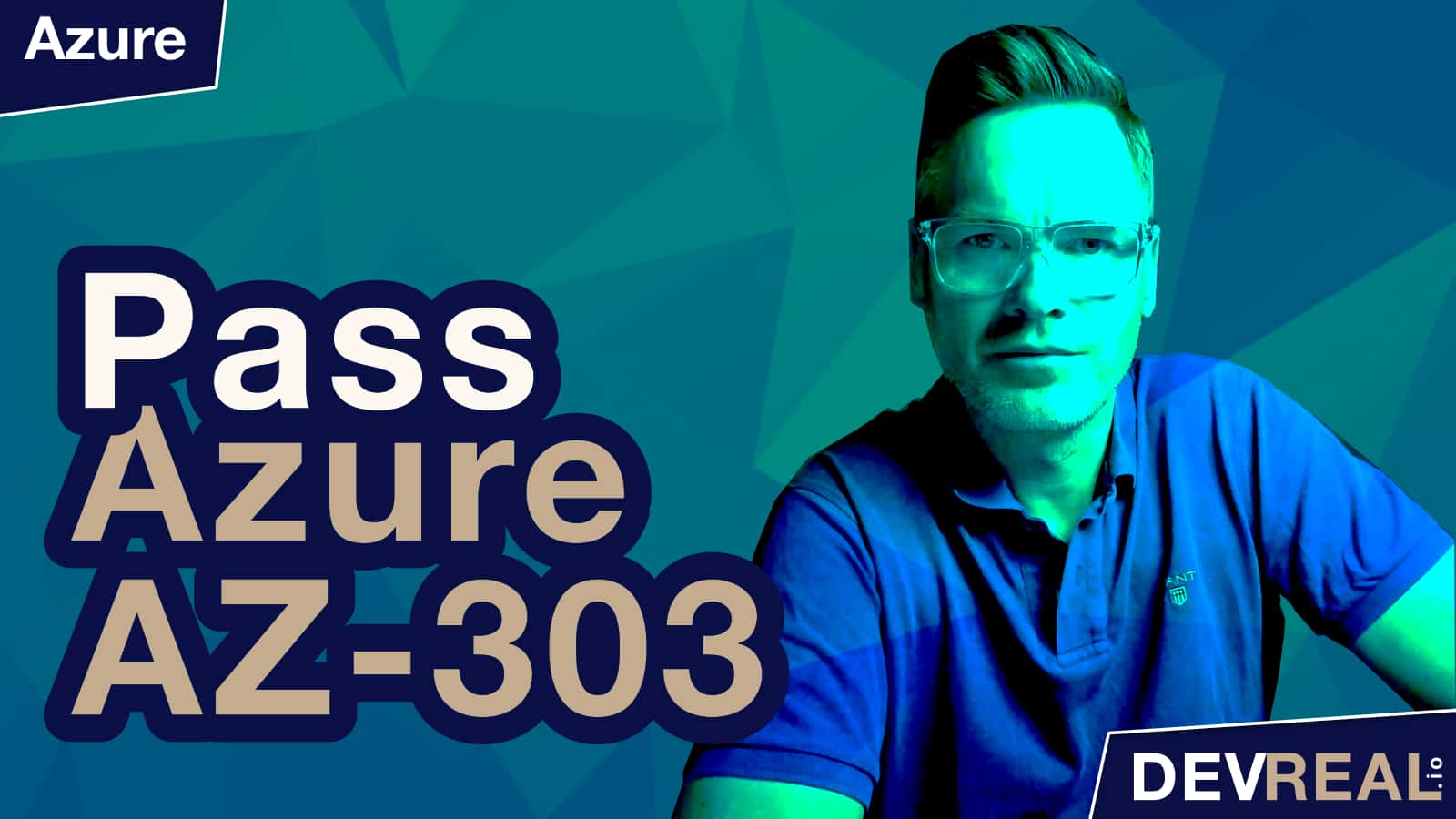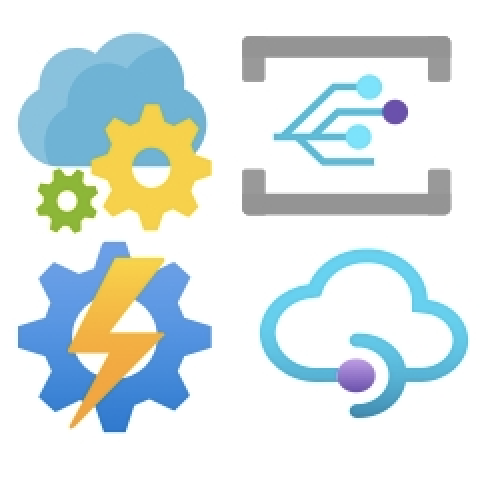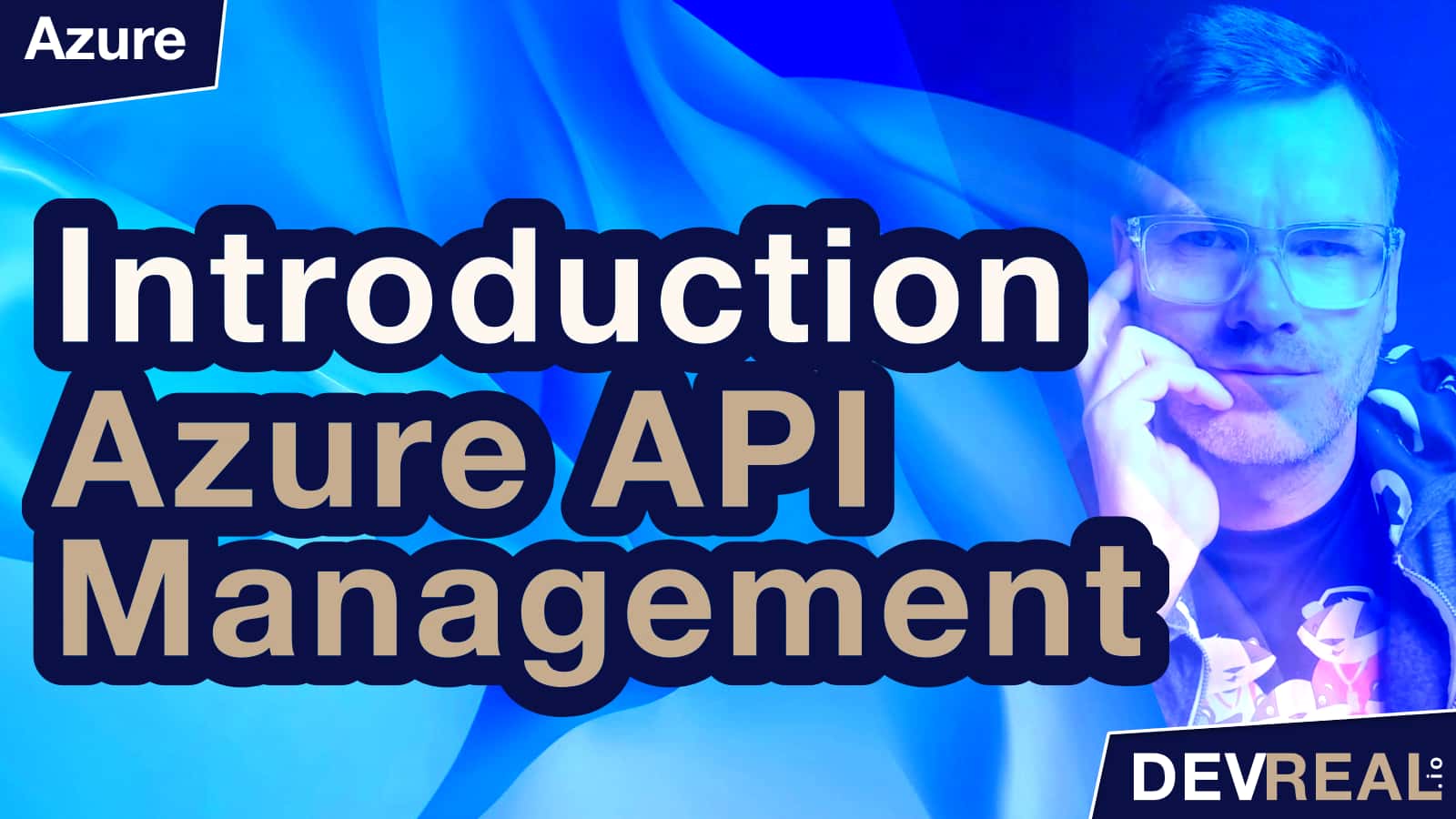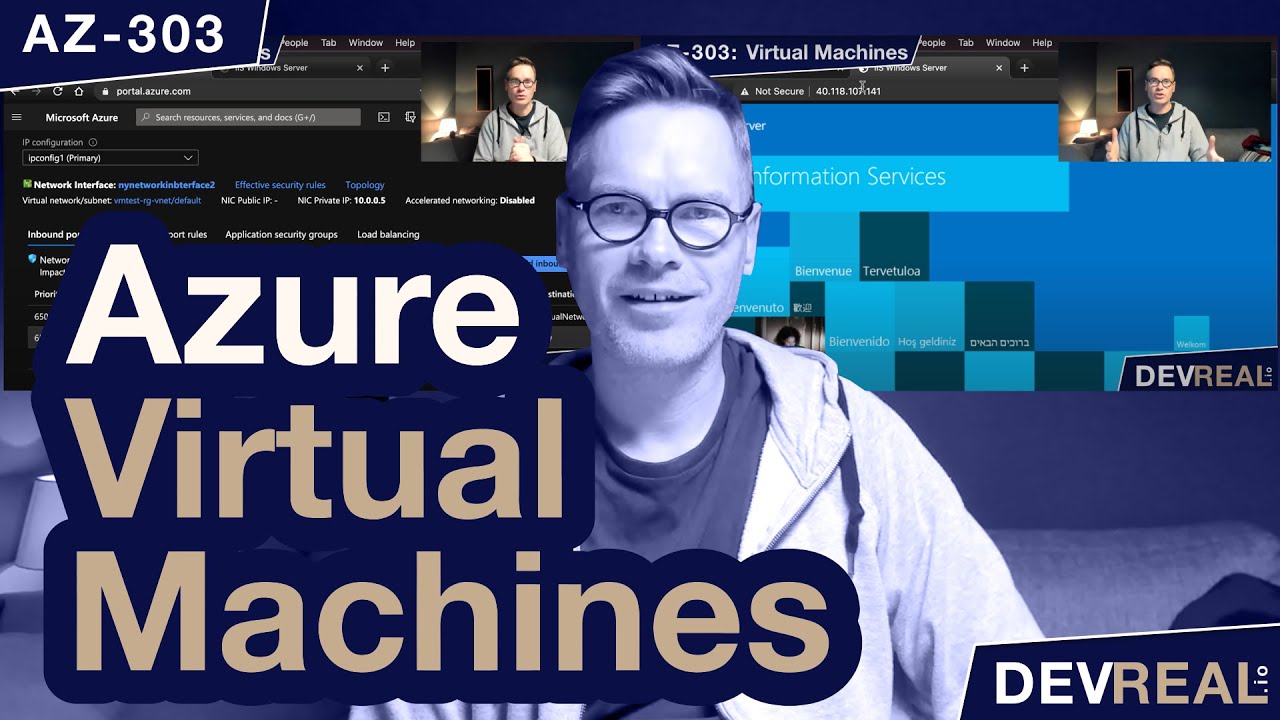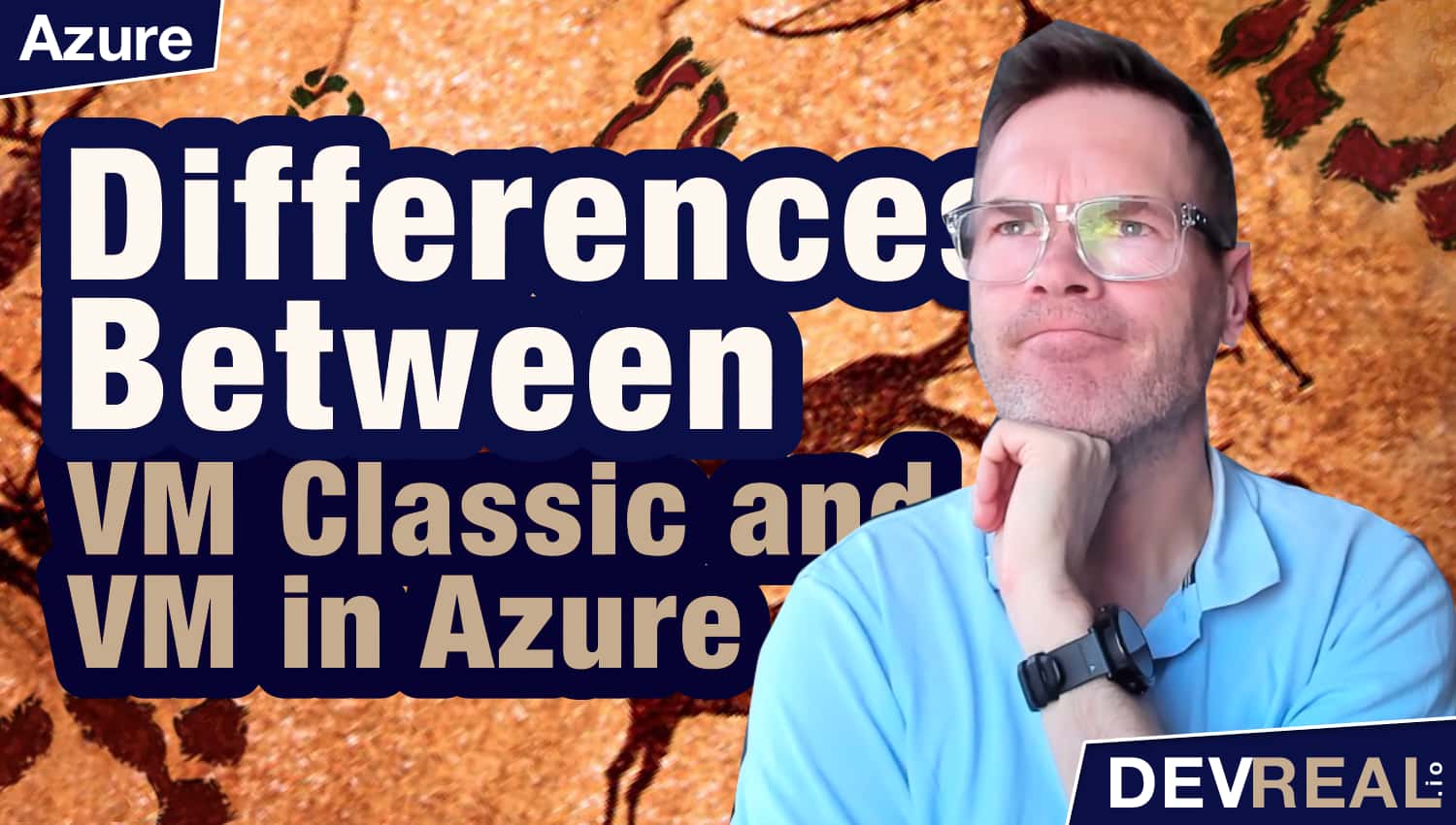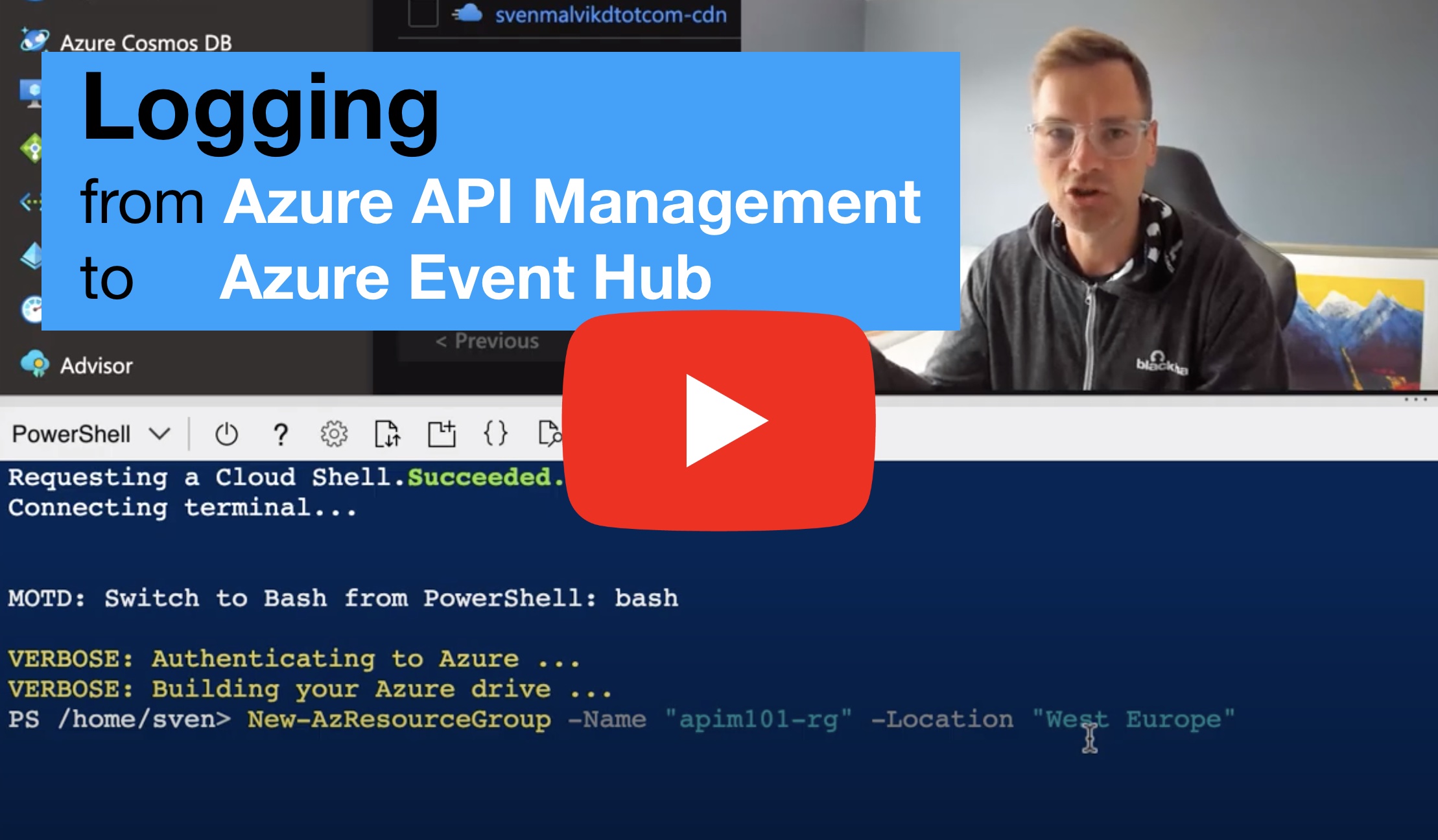When I started my career as a developer in a start up company, we build a website that we hosted on a physical server that was running in a separate room with all of its infrastructure. That’s what we did back then, all companies did this. A business had its web server running on its own server hardware. When a business got more users onto their website more power was needed. The business would have to purchase more server hardware. More server hardware means more people that can maintain the server hardware and administrate all of its software running on the servers hardware. Another option was (still is - don’t know why), to outsource everything to a hosting company and pay them for their services.
Azure works differently. Rather than running your own server hardware and all of its infrastructure by yourself, you use the massive pool of computing resources that Azure provides. Azure got everything, virtual machines, databases, storage, and 200+ more products and services that you can use out of the box. The best, you pay only for what you need at a given time. If you need one virtual machine and one database today you will just pay for these instances. Tomorrow, when you run 10 instances you pay for 10 instances. You can decommission all your resources whenever you want and pay only for the time they where up and running.
Azure is the name of Microsoft’ cloud platform. It was first announced under the name Windows Azure in 2008 but was renamed to Microsoft Azure in 2014. Today, Azure provides over 200 products and cloud services for building, managing and deploying your applications. Azure cloud is essentially a set of physical servers that run in over 150 data centers around the globe. You choose where you want to run your workload. Simplified, Azure is a large collection of servers and networking hardware running a complex set of distributed applications. These applications orchestrate the configuration and operation of virtualized hardware and software. It’s this orchestration that makes Azure powerful. Users don’t need to maintain and upgrade any hardware. They can focus on their domain while Azure does the rest.
Azure covers 4 Different Areas
- Infrastructure as a service (IaaS) - You deploy data onto a server in Azure that you control. Microsoft takes care of the physical hardware.
- Platform as a service (PaaS) - You manage your applications and databases, while Microsoft manages all other services required to run your application like middleware, virtual machines, storage and networking.
- Software as a service (SaaS) - You use an application like Office 365 or Salesforce. Microsoft manages the actual application.
- Serverless Computing - You write and deploy your application code without worrying about the underlying infrastructure.
 Sven Malvik
Sven Malvik 
